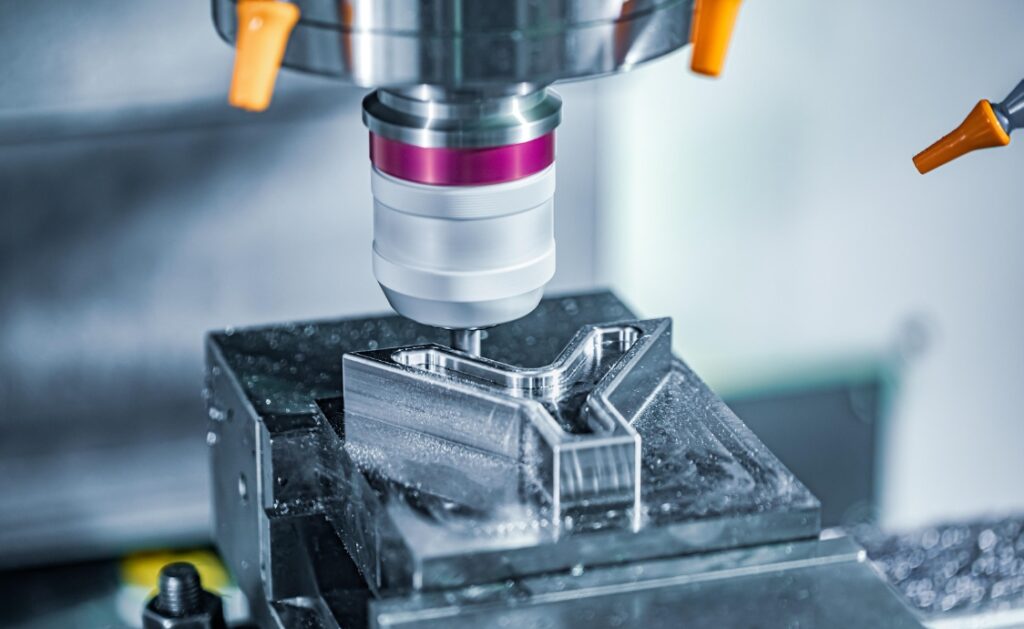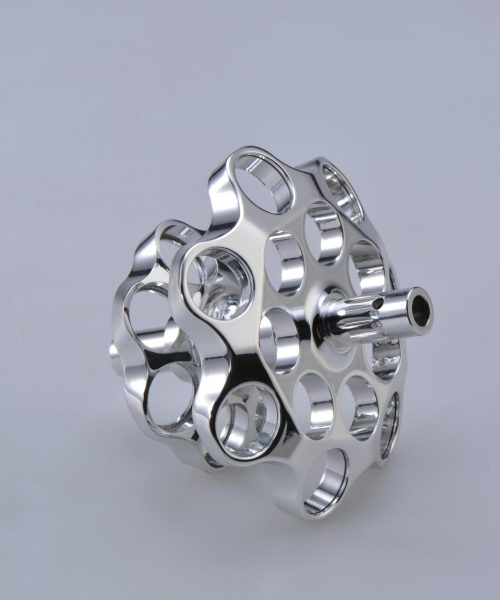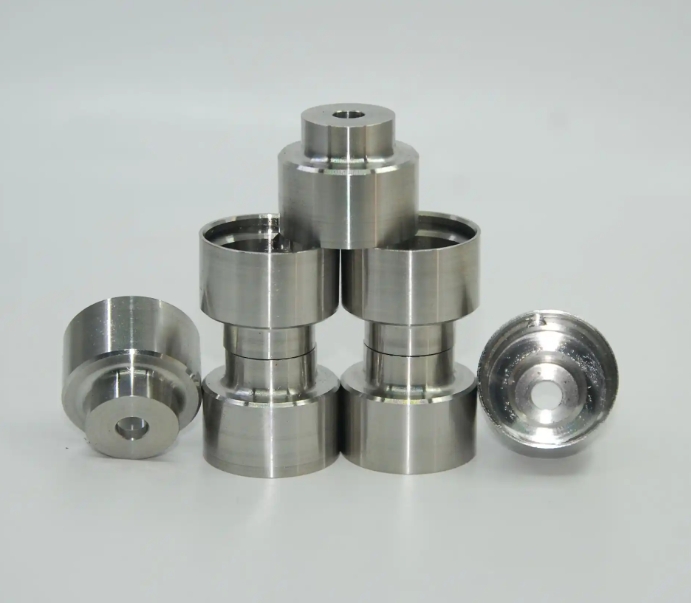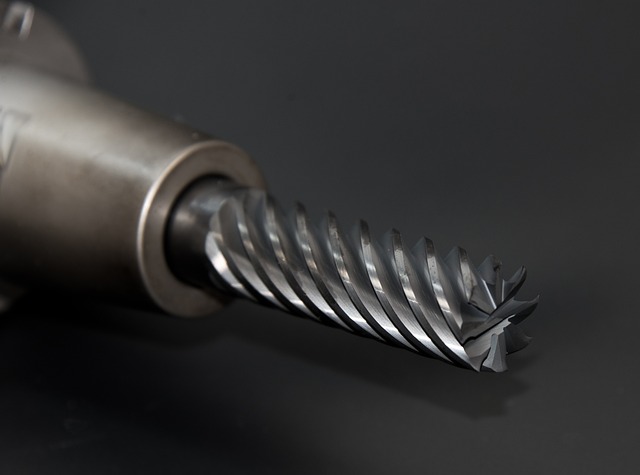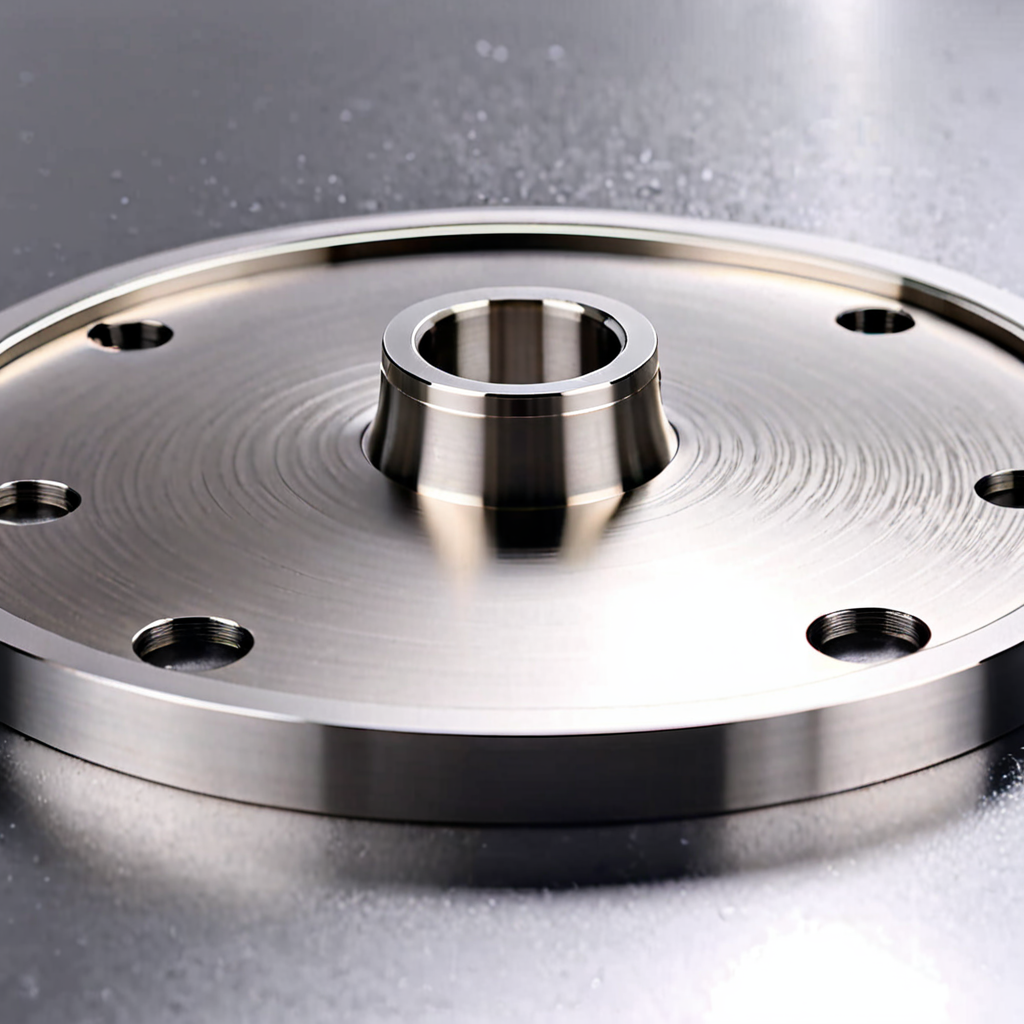Injection Molding: The Ultimate Guide to Understanding the Process, Benefits, and Applications
Injection molding is a versatile manufacturing process that plays a significant role in modern production. If you’ve ever wondered how those perfectly shaped plastic products around you are made, القولبة بالحقن is likely the answer. From everyday items like bottle caps to complex automotive parts, this technique is a game-changer in the manufacturing world.
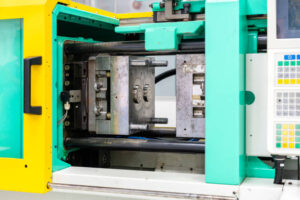

In this article, we’ll take you on a journey to discover القولبة بالحقن—what it is, how it works, and why it’s such a valuable tool in the world of manufacturing. By the end, you’ll have a comprehensive understanding of this fascinating process, its benefits, and where it is applied.
Knowledge about injection molding:https://en.wikipedia.org/wiki/Injection_moulding
What is Injection Molding?
Injection molding is a manufacturing process where molten material—usually plastic—is injected into a mold to create a part. The process uses a high-pressure injection system that forces the molten material into a mold cavity, which defines the final shape of the part. Once the material cools and solidifies, the mold opens, and out comes a perfectly formed product.
The real beauty of injection molding lies in its ability to produce high volumes of identical parts quickly and efficiently. Whether you need a single prototype or millions of pieces, this process can handle the job with precision and speed.
How Does Injection Molding Work?
Let’s break down the injection molding process into four simple steps:
- Clamping: First, the two halves of the mold are securely clamped together to prepare for the injection of molten material. The mold must stay tightly shut during this process to prevent leaks.
- Injection: Molten material (typically thermoplastic) is then injected into the mold cavity through an injection unit. The material fills the mold, taking its exact shape.
- Cooling: As the molten material fills the mold, it begins to cool and solidify. Cooling time depends on the material and part thickness, but this step is crucial to ensure the final product holds its shape.
- Ejection: Once the material has fully cooled, the mold opens, and the finished part is ejected. The mold can then be reused to produce additional parts.
The entire process can take anywhere from a few seconds to a couple of minutes, depending on the complexity and size of the part being made. The result is a high-quality, uniform product that meets precise specifications.
Benefits of Injection Molding
Now that we know how injection molding works, let’s look at why it’s so widely used in manufacturing. There are several key benefits:
1. High Efficiency for Large-Scale Production
Injection molding is ideal for large production runs. Once the mold is created, thousands—or even millions—of identical parts can be produced rapidly. This high-volume capability makes it a cost-effective solution for mass production.
2. Exceptional Precision and Consistency
With injection molding, manufacturers can achieve tight tolerances and consistent part quality. The process ensures that each part produced is nearly identical to the original, meeting exacting standards for precision.
3. Reduced Material Waste
This process is designed to minimize waste. Excess material from the mold can often be recycled and reused, making it an environmentally friendly choice for manufacturers looking to reduce material costs.
4. Versatility in Materials and Design
Injection molding supports a wide range of materials, including thermoplastics, thermosets, elastomers, and metals (for metal injection molding). The design flexibility allows manufacturers to create intricate shapes and complex geometries that would be difficult or impossible with other processes.
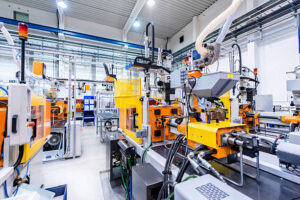

5. Low Labor Costs
Once the mold is in place, the process is largely automated, requiring minimal human intervention. This reduces labor costs and speeds up production times, making it an economically viable option for many industries.
Types of Injection Molding
Injection molding isn’t a one-size-fits-all process—there are different types to suit various needs and materials. Here are some of the most common:
1. Thermoplastic Injection Molding
Thermoplastics are the most commonly used materials in injection molding. They can be melted and cooled repeatedly, making them ideal for a variety of applications, from consumer goods to automotive parts.
2. Thermoset Injection Molding
Unlike thermoplastics, thermosets harden permanently after being heated. This type of molding is used for materials that need to withstand high temperatures and harsh conditions, such as electrical components and insulation parts.
3. التشكيل الزائد
Overmolding involves molding one material over another to create a single product. For example, a soft rubber grip might be molded over a hard plastic handle, offering both durability and comfort in the final product.
4. إدراج القوالب
Insert molding allows manufacturers to place a pre-formed part, like a metal insert, into the mold before injecting the molten material. This creates a single part that combines materials with different properties, such as plastic parts with metal reinforcement.
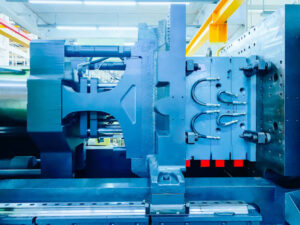

Applications of Injection Molding
Injection molding is used across a wide array of industries, thanks to its versatility and efficiency. Here are just a few examples of its many applications:
1. صناعة السيارات
Injection-molded parts are found throughout the automotive industry, from dashboard panels and door handles to engine components. The ability to produce durable, lightweight parts at scale is invaluable to car manufacturers.
2. Consumer Electronics
Plastic parts for electronics, like phone cases, remote controls, and computer components, are often made using injection molding. The process ensures precision, which is critical in the electronics industry.
3. الأجهزة الطبية
In the medical field, injection molding is used to create high-quality, sterile components such as syringes, medical enclosures, and diagnostic equipment.
4. Packaging Industry
From plastic bottles and caps to food containers, injection molding plays a crucial role in the packaging industry, allowing manufacturers to produce durable and lightweight packaging solutions at a low cost.
5. Household Products
Many of the plastic products we use every day—like kitchen utensils, storage containers, and toys—are made through injection molding. The process allows for the creation of durable, affordable, and customizable household items.
Key Tips for Successful Injection Molding
For manufacturers looking to achieve the best results with injection molding, here are a few tips:
- Choose the Right Material: Selecting the appropriate material is crucial for the final product’s functionality and durability. Consider factors like strength, flexibility, and environmental conditions when making your choice.
- Design for Manufacturability: Ensure your design is optimized for the injection molding process. This includes considering wall thickness, part complexity, and material flow to avoid issues during production.
- Proper Mold Maintenance: Regular maintenance of the mold is key to ensuring consistent part quality and extending the mold’s lifespan.
- Minimize Cooling Time: While it’s important to allow parts to cool properly, optimizing the cooling time can reduce cycle times and increase production efficiency.
الخاتمة
Injection molding is a powerhouse in the manufacturing industry, offering unparalleled efficiency, precision, and versatility. Whether you’re producing thousands of parts or just a few, the process is adaptable to a wide range of materials and designs.
From the automotive and medical industries to household products and packaging, injection molding continues to be the go-to method for creating high-quality, durable, and cost-effective parts. At GCH PROCESS, we’re here to help you bring your designs to life with expert injection molding services tailored to your project needs.
If you’re ready to take your manufacturing to the next level, get in touch with us for a quick quote and let’s start creating together!
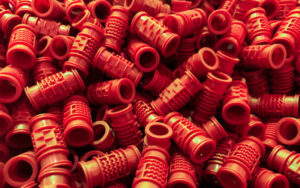

FAQs
What is the main advantage of injection molding?
The biggest advantage of injection molding is its ability to produce large volumes of identical parts quickly and cost-effectively. This makes it ideal for mass production.
How long does the injection molding process take?
The cycle time for injection molding depends on the part’s complexity and size. However, it typically takes anywhere from a few seconds to a few minutes per cycle.
What types of materials can be used in injection molding?
Injection molding supports a wide range of materials, including thermoplastics, thermosets, elastomers, and metals (for metal injection molding).
What is the difference between injection molding and 3D printing?
While both processes can create complex parts, injection molding is better suited for high-volume production, while 3D printing is ideal for prototyping and low-volume runs due to its flexibility and lower upfront costs.

